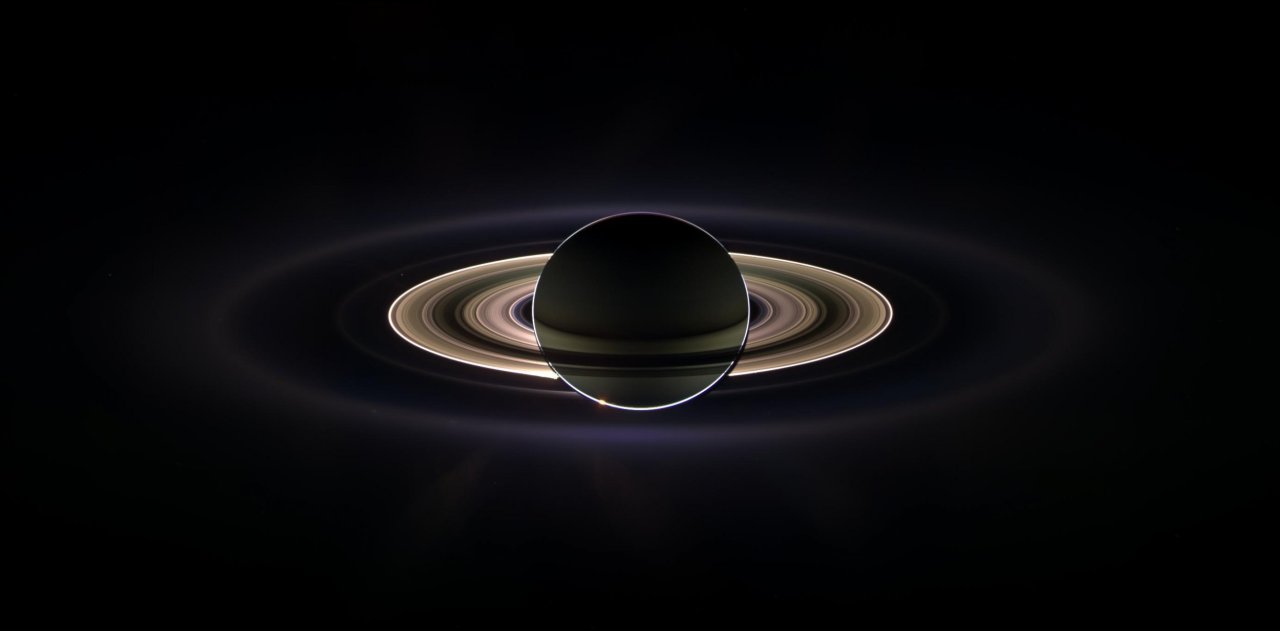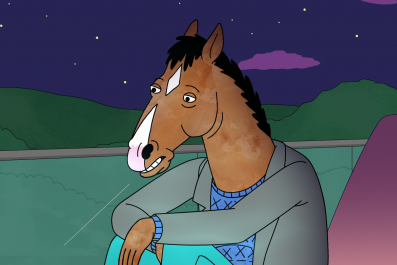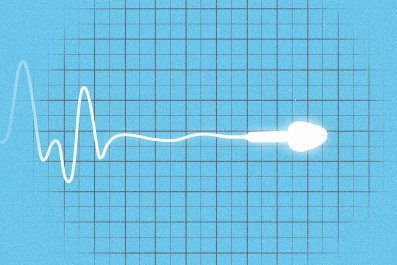A spectacular space exploration mission will end with a dramatic death. The Cassini spacecraft will self-destruct by plunging into Saturn's atmosphere, ultimately burning up and disintegrating. The planned mid-September dive will be the final farewell for a nearly three-decade-long collaboration between NASA, the European Space Agency and the Italian space agency. It's been good while it lasted, Saturn.
The Cassini spacecraft launched aboard a Titan IVB/Centaur rocket from Cape Canaveral in Florida on October 15, 1997, and spent seven years en route to its target, Saturn. It entered orbit around the ringed planet in 2004 for what was intended to be a four-year mission but was twice extended for a total run of 13 years, or nearly 20 if you count the journey there.
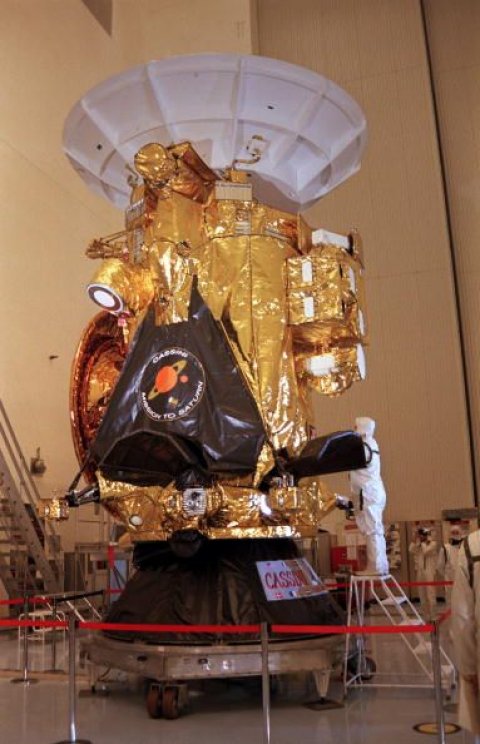
Cassini completed the first in-depth reconnaissance of Saturn, its moons and its rings. When the mission dropped the Huygens probe on Titan, it was the first to land on the moon of a planet other than Earth. There it discovered rain, rivers, lakes and seas. Cassini also found the first evidence of extraterrestrial hydrothermal activity on the moon Enceladus, where it also observed erupting geysers. Its detailed observations of Saturn's rings could help scientists understand how the planets in our solar system formed.

On the eve of the mission's expiration, Newsweek spoke with Carolyn Porco—the leader of the imaging science team on the Cassini mission who had worked as an imaging scientist on the Voyager missions in the 1980s—about the stunning revelations and visual record of the historic flight.

What was it like when you were preparing for the Cassini mission?
I was just coming off the Voyager project, which was the best mission that's ever been conducted. It had been such a rush to be part of such a historic voyage, like we were all just planetary explorers on Magellan's ship. Then it came to an end, and we just wanted to do it again.
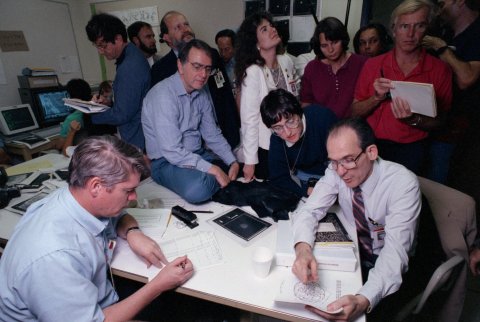
How did Cassini build on Voyager?
I was hoping we would answer many of the questions that we were left with after the Voyager encounters with Saturn. Voyager, at each planet [it visited Jupiter, Saturn, Uranus and Neptune], was just a breathless rush, just a fleeting glimpse, maybe a week or two of high-resolution views of what was in the planetary system. There were so many things we just got a few looks at, and we wondered, "What does that mean?"

There were some structures in the rings that hadn't been predicted before Voyager got there, and they were spectacular to see. We spent the intervening 23 years trying to make sense of it on a theoretical basis. But really we knew [we needed] a closer look and more time there. Then there was Titan—Voyager never got to see down to the surface of Titan because the capabilities of the camera, the imaging system, were exactly mismatched to the spectral absorbing characteristics of the atmosphere. We were anticipating finally being able to explore the surface of Titan with Cassini. We knew how to alter our observing strategies so that we'd be able to see down to the surface.
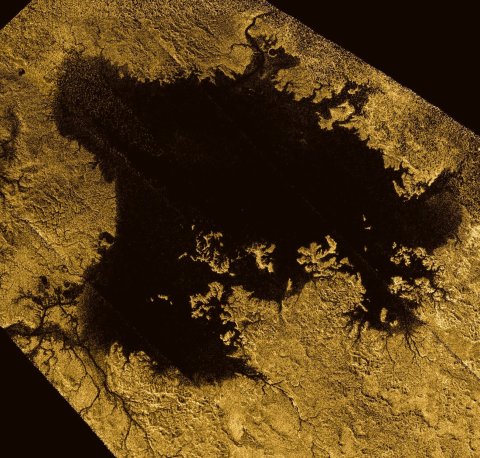
What were your hopes for the Cassini mission?
I was looking forward to the spectacular stuff I knew we were going to get, because I knew what the capabilities of our camera system were compared to what we had carried on Voyager. I was expecting that we would come away with a far richer story about what the Saturn system was all about. My unofficial hope was that we would blow people away with the visual record of our travels around the Saturn system, like the ultimate interplanetary travelogue. I wanted to give people a sense of riding along with us. No one really had ever done this. In the Voyager days, no one spent any time trying to figure out how to make the images artful or beautiful.
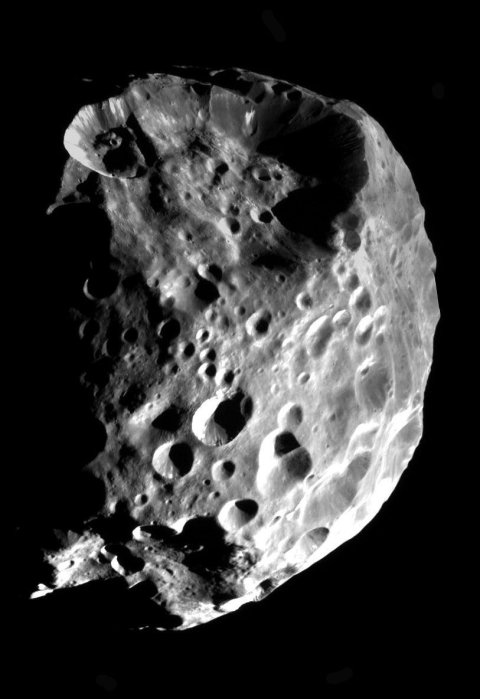
We also took sequences of moving phenomena so that we could, in a sense, turn our cameras into a video camera. We took images of the rings changing perspective when we were in orbit around Saturn. We made movies of the moons going around the planet, moons occulting other moons, shadows of the moons moving across the rings, changing cloud patterns, lightning strikes. We just turned it into a documentary. I think people really felt a sense of being there. It's been a feast, an intellectual and visual feast.

What did the Cassini mission see in the rings of Saturn?
In the case of the moon Pan, we got to see that there were scallops on the edges of the Encke Gap. We didn't expect that any disturbance created by a moon like Pan would go all the way—360 degrees—around the ring. We thought it was just localized to the moon, and it turns out we were wrong.

Where the ring particles are shoved together because of perturbations by moons, the particles have to go somewhere. They all go upwards, perpendicular to the ring plane. At the outer edge of the B ring —the place that has the strongest resonance with a moon, the moon Mimas—the ring particles are shoved together, and they go more than 2 miles up perpendicular to the ring. That's like the stuff of science fiction. I wish they could put that in a movie: You're flying along in a shuttlecraft, and you come upon a wall 2 miles high.
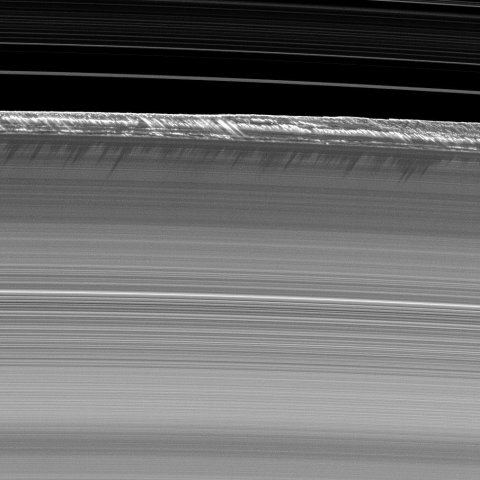
We had this fantastic opportunity to witness the northern spring equinox. The sun was hanging above the equator of Saturn and, therefore, right above the rings. This is a geometry where anything protruding above or below the rings is going to cast long shadows. We did a lot of imaging of the rings during that time, and we just found incredible things.
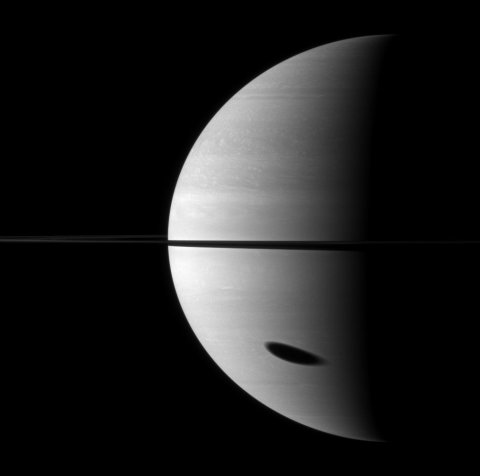
We also found that there are "moonlets" embedded in the rings. That was a major discovery. We've been able to watch them move and orbit, but they also migrate across the rings. And we believe they are doing exactly what we believe the planets did when they were forming out of the disk of debris that was the solar nebula. This is how the planets changed their position when they started to form. All of this has given us great insight into what happens in a disk of debris.
What have been some of the standout moments?
We had to fly by Jupiter for a gravity assist, so that we could get across the abyss between Jupiter and Saturn in only three years. When the staff called me into our lab to say we just got our first image of Jupiter, I nearly fainted. We were very far away, but it was so incredibly detailed, and I finally understood exactly what kind of camera we had and how great it was going to be by the time we got to Saturn. It really just hit me between the eyes, like "Wow!" I remember that moment vividly.
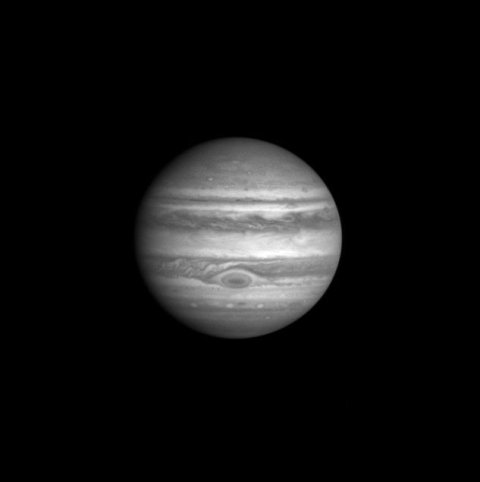
Then there was the Huygens landing. When the first pictures were released to the public, it was a look at the surface of Titan that we could not get from orbit. We had already been in orbit about six and a half months, and our images of Titan were very hard to read, very hazy. We couldn't get a really firm grasp on whether we were seeing anything that was carved by a liquid or looked like a liquid. And then came the Huygens landing, and it was an unambiguous drainage pattern carved in the surface. It was astonishing.
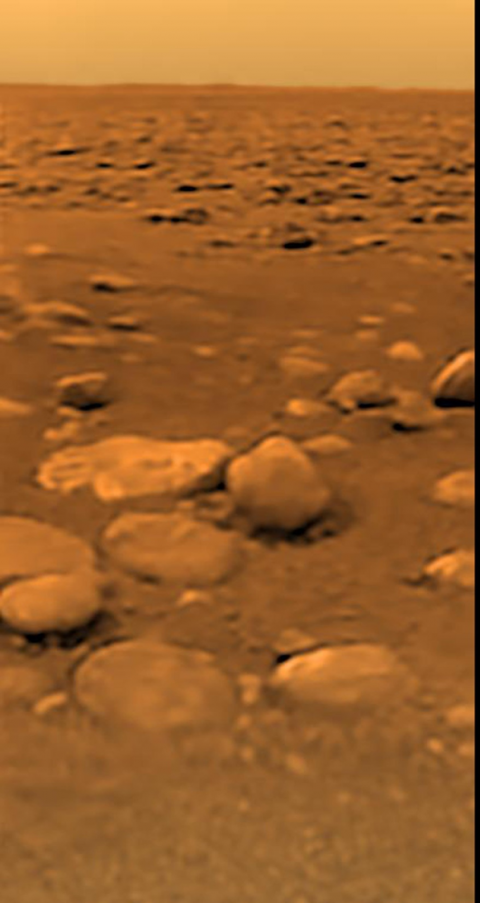
Then, of course, the lander reached the surface. We had landed something of our own making in the outer solar system. You've been changed, because you know that humanity just did something that had never before been done in human history. The whole solar system at that point became to me a very much smaller place. And then discovering a lake at the south pole of Titan and the geysers coming off the south pole of Enceladus—there have been so many moments.
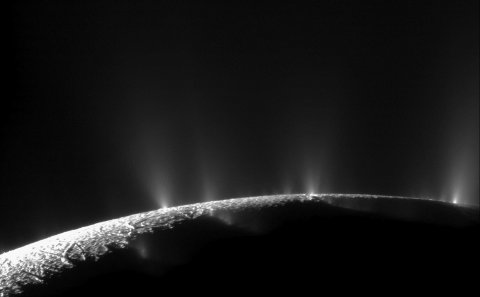
Is there more analysis that can be done on the images from Cassini?
Of course. We have produced hundreds of thousands of images and are nowhere near through looking at them all. We were looking at Voyager images for 23 years before we got Cassini images. So I think people are going to be looking at Cassini images 100 years from now. It's a body of work on the most phenomenologically rich planetary system that we have near us, and people will be mining it for many years to come.
Were there any moments where you felt any frustration?
The challenges in this mission were all political. We didn't get adequate funding until we were about 1.5 years away from Saturn, so we were in a mad rush in those last months.
What's next for you?
I'm hoping for some rest and relaxation and then getting back to...I don't even remember what a normal life is. And getting the opportunity as soon as possible to go back to Enceladus and see whether this moon is home to a second genesis of life.
I also hope we learn to use what we have found out about our solar system from missions like Cassini and what we've found about just how incredibly unique our own planet is, to protect it and its biosphere. I hope we do that with all our might, because there's no other planet like it for light-years around. It's unique, and it's our home planet, and we need to take care of it or we will be doomed.



